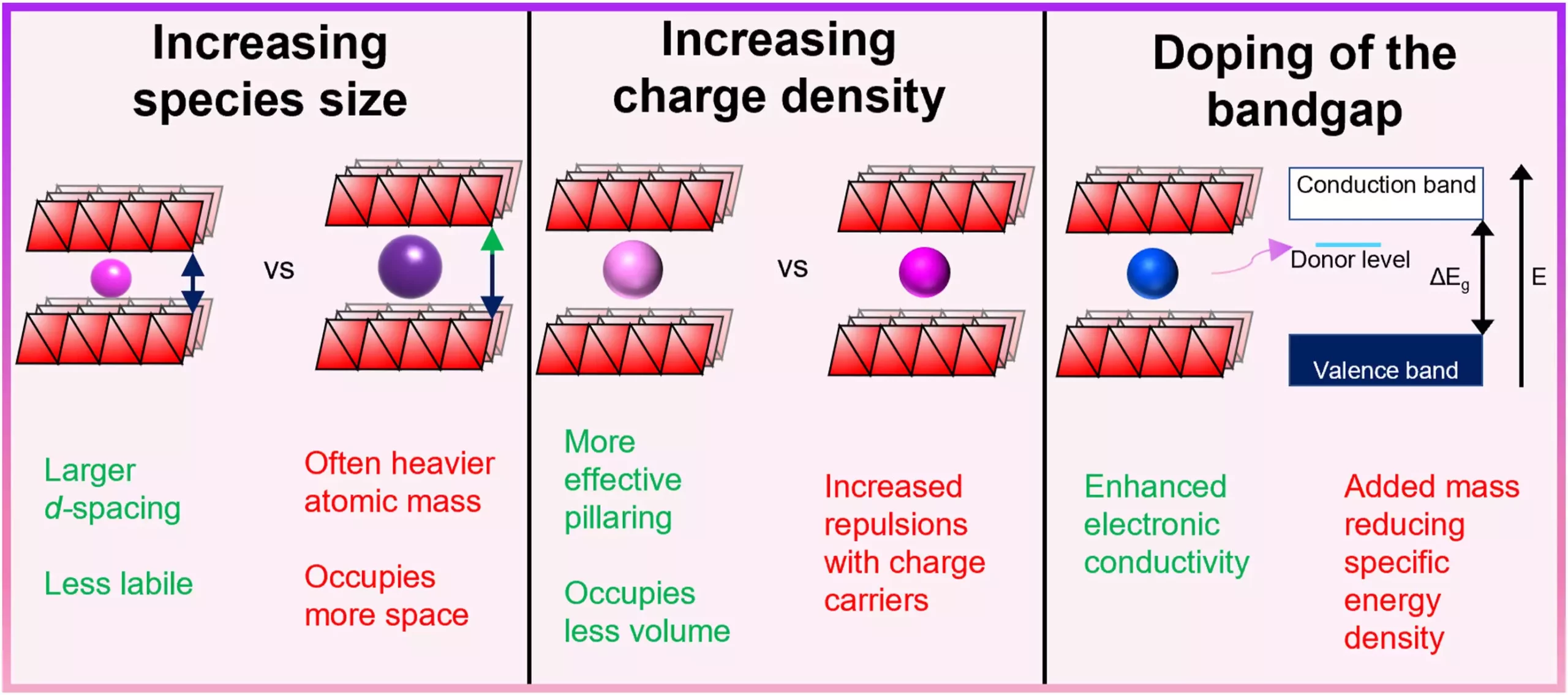The evolving landscape of energy storage has brought to light the pressing limitations associated with lithium-ion battery technologies. As the global energy market increasingly seeks sustainable options, the scarcity of lithium resources has underscored the necessity for alternative energy storage solutions. Emerging technologies such as sodium, potassium, magnesium, and zinc-ion batteries are capturing the attention of researchers and industry professionals alike. However, despite their potential advantages, these alternatives still grapple with challenges related to energy capacity, charge-discharge rates, and overall stability.
Amidst these hurdles, novel methodologies have been proposed to enhance the performance characteristics of non-lithium batteries. One particularly intriguing approach is carrier pre-intercalation. This method aims to optimize the performance of electrode materials by facilitating the insertion of ions into the electrode structure before the battery undergoes charging cycles. A recent study from the Department of Chemistry at University College London has brought attention to this technique, providing not only a technical analysis but also a framework for its application in next-generation battery technologies.
The study details the processes associated with carrier pre-intercalation—both chemical and electrochemical—and how they contribute to expanding interlayer distances within electrode materials. This expansion enhances the ion diffusion pathways and ultimately improves electrical conductivity. By creating more favorable conditions for ion movement, the stability and longevity of sodium, potassium, magnesium, and zinc-ion batteries are notably improved.
The implications of this innovative research extend beyond the confines of laboratory settings. Co-author Dr. Yang Xu highlights the study’s alignment with global sustainability initiatives, emphasizing the importance of developing energy storage systems that are less reliant on lithium. With the demand for lithium steadily rising and its availability dwindling, the transition to alternative battery technologies is not only desirable but essential for a sustainable future. Utilizing materials that are more abundant and less economically burdensome can represent a significant leap forward in energy policy and market dynamics.
By addressing the inherent weaknesses of non-lithium battery technologies, carrier pre-intercalation could catalyze the wider implementation of sodium, potassium, magnesium, and zinc-ion batteries in critical applications such as electric vehicles and grid energy storage. This transition has the potential to reshape the renewable energy sector, offering a more resilient and sustainable framework for electricity supply. As these technologies mature, the ramifications on energy consumption patterns and market strategies could be profound, paving the way for a future where energy sustainability is at the forefront of innovation and development.
The ongoing research into carrier pre-intercalation exemplifies a significant stride towards solving the energy storage crisis. By maximizing the performance of alternative battery technologies, this approach holds the promise of transforming not only how we store energy but also the environmental and economic landscapes surrounding energy production and usage.


Leave a Reply